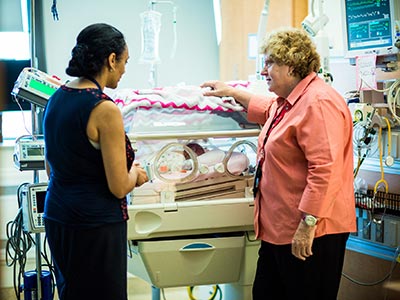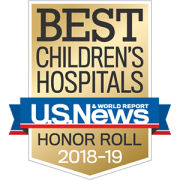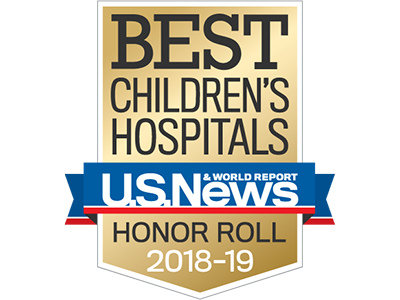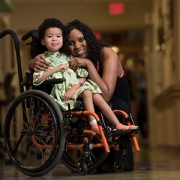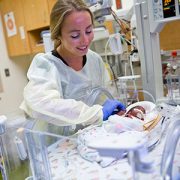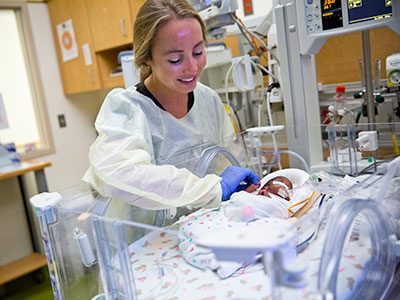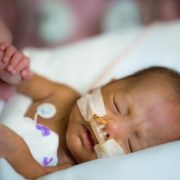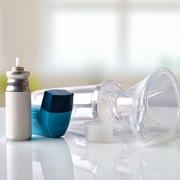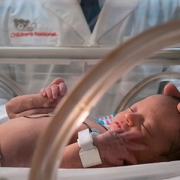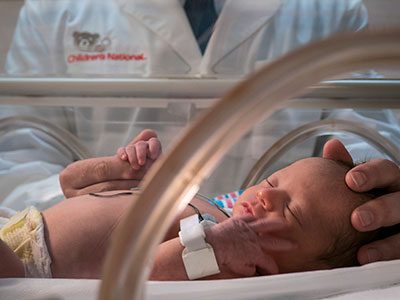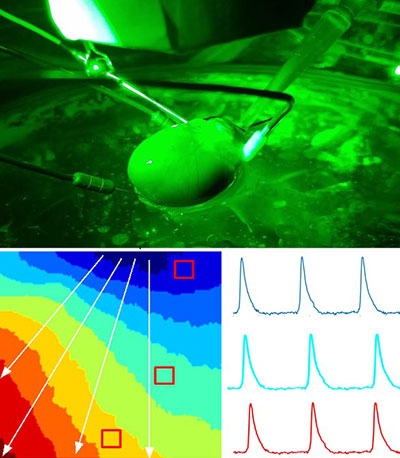Missed opportunities for STI screening in the ED

Researchers found that even though young women with pelvic inflammatory disease (PID) are at increased risk for also being infected with syphilis and human immunodeficiency virus (HIV), few adolescent females diagnosed with PID in U.S. pediatric emergency departments (ED) undergo laboratory tests for HIV or syphilis.
Sexually transmitted infections (STIs) are on the rise in the U.S., reaching unprecedented highs in recent years for the three most common STIs reported in the nation: chlamydia, gonorrhea and syphilis. Nearly half of the 20 million new STI cases each year are in adolescents aged 15 to 24, according to the Department of Health & Human Services. In particular, about two in five sexually active teen girls has an STI.
These infections can be far more than an embarrassing nuisance; some can cause lifelong infertility. According to the Centers for Disease Control and Prevention, undiagnosed STIs cause infertility in more than 20,000 women each year.
A new retrospective cohort study led by researchers at Children’s National Health System and published online July 24, 2018, in Pediatrics shines a stark spotlight on missed opportunities for diagnosis. Researchers found that even though young women with pelvic inflammatory disease (PID) are at increased risk for also being infected with syphilis and human immunodeficiency virus (HIV), few adolescent females diagnosed with PID in U.S. pediatric emergency departments (ED) undergo laboratory tests for HIV or syphilis.
A team of Children’s researchers reviewed de-identified data from the Pediatric Health Information System, a database that aggregates encounter-level data from 48 children’s hospitals across the nation. From 2010 through 2015, there were 10,698 diagnosed cases of PID among young women aged 12 to 21. Although HIV and syphilis screening rates increased over the study period, just 27.7 percent of these women underwent syphilis screening, 22 percent were screened for HIV, and only 18.4 percent underwent lab testing for both HIV and syphilis.
Screening rates varied dramatically by hospital, with some facilities screening just 2 percent of high-risk young women while others tested more than 60 percent.
HIV screening was more likely to occur among:
- Women admitted to the hospital, compared with those discharged from the ED (adjusted odds ratio [aOR] of 7.0)
- Uninsured women, compared with women with private insurance (1.6 aOR)
- Non-Latino African American women, compared with non-Latino white women (1.4 aOR)
- Women seen at small hospitals with fewer than 300 beds (1.4 aOR)
- Women with public insurance compared with women with private insurance (1.3 aOR)
- 12-year-olds to 16-year-olds, compared with older adolescents (1.2 aOR)
Syphilis screening was more likely to occur for:
- Women admitted to the hospital (4.6 aOR)
- Non-Latino African American women (1.8 aOR)
- Uninsured women (1.6 aOR)
- Women with public insurance (1.4 aOR)
- 12-year-olds to 16-year-olds (1.1 aOR)
“We know that 20 percent of the nearly 1 million cases of PID that are diagnosed each year occur in young women, with the majority of diagnoses made in EDs. It is encouraging that HIV and syphilis screening rates for women with PID increased over the study period. However, our findings point to missed opportunities to safeguard young women’s reproductive health,” says Monika K. Goyal, M.D., M.S.C.E., assistant professor of Pediatrics and Emergency Medicine and the study’s senior author. “Such discrepancies in screening across the 48 hospitals we studied underscore the need for a standardized approach to sexually transmitted infection (STI) screening.”
Untreated STIs can cause PID, an infection of a woman’s reproductive organs that can complicate her ability to get pregnant and also can cause infertility. Since 2006, the Centers for Disease Control and Prevention (CDC) has recommended that all women diagnosed with PID be tested for HIV. The CDC’s treatment guidelines also recommend screening people at high risk for syphilis.
“Syphilis infection rates have steadily increased each year, and it is now most prevalent among young adults,” Dr. Goyal says. “Future research should examine how STI screening can be improved in emergency departments, especially since adolescents at high risk for STIs often access health care through EDs. We also should explore innovative approaches, including electronic alerts and shared decision-making to boost STI screening rates for young women.”
In addition to Dr. Goyal, Children’s study co-authors include Lead Author, Amanda Jichlinski, M.D.; and co-authors, Gia Badolato, M.P.H., and William Pastor, M.A., M.P.H.
Research reported in this news release was supported by the National Institute of Child Health and Human Development under K23 award number HD070910.




